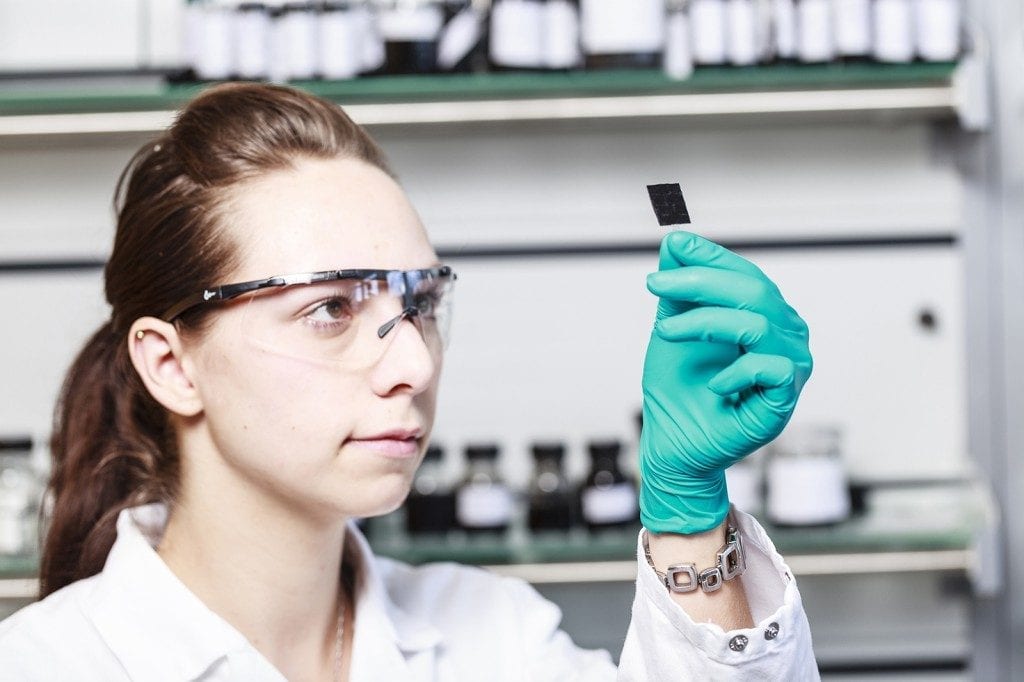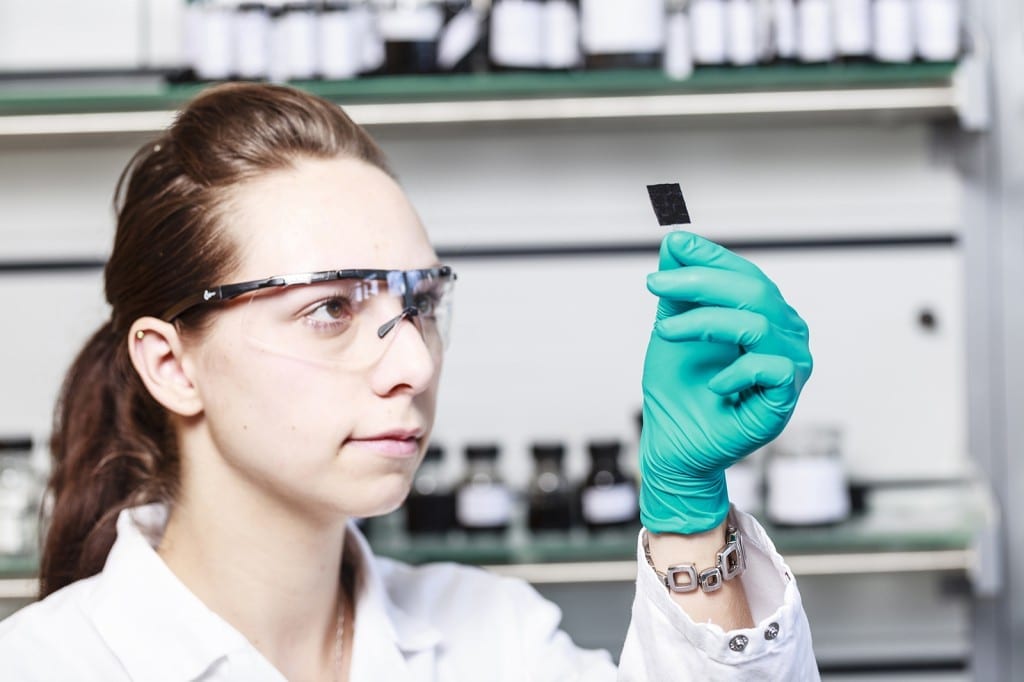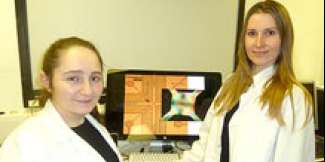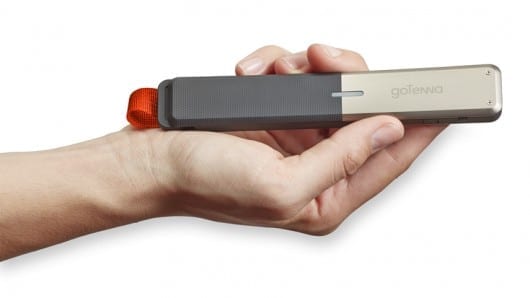 Innovative nano-material based supercapacitors are set to bring electric vehicle mass market appeal a good step closer to the lukewarm public interest in Germany.
Innovative nano-material based supercapacitors are set to bring electric vehicle mass market appeal a good step closer to the lukewarm public interest in Germany.
This movement is currently being motivated by the advancements in the state-of-the-art of this device.
Electric cars are very much welcomed in Norway and they are a common sight on the roads of the Scandinavian country – so much so that electric cars topped the list of new vehicle registrations for the second time. This poses a stark contrast to the situation in Germany, where electric vehicles claim only a small portion of the market. Of the 43 million cars on the roads in Germany, only a mere 8000 are electric powered. The main factors discouraging motorists in Germany from switching to electric vehicles are the high investments cost, their short driving ranges and the lack of charging stations. Another major obstacle en route to the mass acceptance of electric cars is the charging time involved.
The minutes involved in refueling conventional cars are so many folds shorter that it makes the situation almost incomparable. However, the charging durations could be dramatically shortened with the inclusion of supercapacitors. These alternative energy storage devices are fast charging and can therefore better support the use of economical energy in electric cars. Taking traditional gasoline-powered vehicles for instance, the action of braking converts the kinetic energy into heat which is dissipated and unused. Per contra, generators on electric vehicles are able to tap into the kinetic energy by converting it into electricity for further usage. This electricity often comes in jolts and requires storage devices that can withstand high amount of energy input within a short period of time. In this example, supercapacitors with their capability in capturing and storing this converted energy in an instant fits in the picture wholly.
Unlike batteries that offer limited charging/discharging rates, supercapacitors require only seconds to charge and can feed the electric power back into the air-conditioning systems, defogger, radio, etc. as required.
Read more . . .
The Latest on: Nano-supercapacitors
[google_news title=”” keyword=”Nano-supercapacitors” num_posts=”10″ blurb_length=”0″ show_thumb=”left”]
via Google News
The Latest on: Nano-supercapacitors
- Scientists Develop Battery Capable of Rapid Charging in Just a Few Secondson April 26, 2024 at 2:35 pm
Sodium (Na), being more than 500 times as abundant as lithium (Li), has recently attracted considerable interest for its potential use in sodium-ion battery technologies. However, existing sodium-ion ...
- Unlocking the functional potential of mesoporous materials through modular nanocrystal assemblyon April 25, 2024 at 5:00 pm
within a mesoporous framework could lead to step-change improvements in the performance of next-generation batteries and supercapacitors. It's important to note, however, that such applications remain ...
- Researchers develop sodium battery capable of rapid charging in just a few secondson April 19, 2024 at 10:02 am
Sodium (Na), which is over 500 times more abundant than lithium (Li), has recently garnered significant attention for its potential in sodium-ion battery technologies. However, existing sodium-ion ...
- DST grants funds for research project in KLUon April 18, 2024 at 9:47 am
K.L. Deemed to be University has received a grant of ₹26.78 lakh for a research project on ‘Fabrication and Performance of Supercapacitors Employing Nano Metal Organic Frameworks’ initiated by the ...
- KL Deemed-to-be University receives prestigious DST-SERB fundingon April 17, 2024 at 11:40 pm
KL Deemed to be University announced the achievement of being awarded funding for a research project by the Department of Science and Technology - Science and E ...
- KL Deemed to be University Receives Prestigious Funding for Research Projecton April 17, 2024 at 10:53 pm
KL Deemed to be University proudly announces the achievement of being awarded funding for a significant research project by the Department of Science and Technology - Science and Engineering Research ...
- Flexible pseudocapacitor operates in extreme temperatures, stores high energyon April 15, 2024 at 5:00 pm
"Progress in pseudocapacitor development has been hindered by the lack of suitable electrode materials and electrolytes," Dr. Debasis Ghosh, Assistant Professor at the Centre for Nano and Material ...
via Bing News











